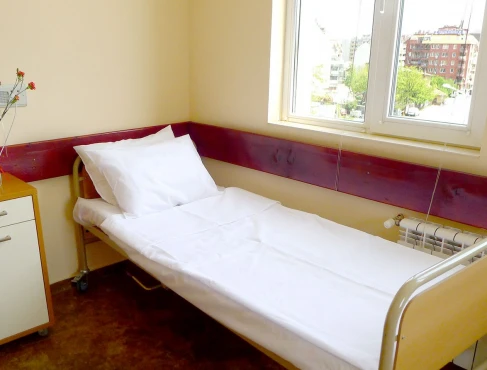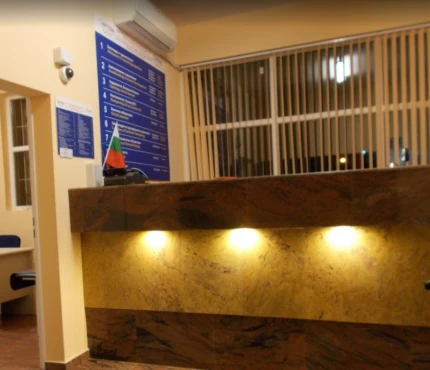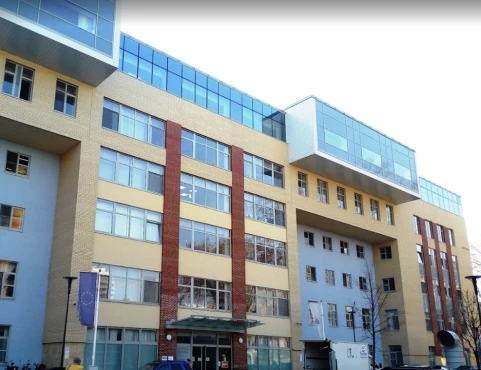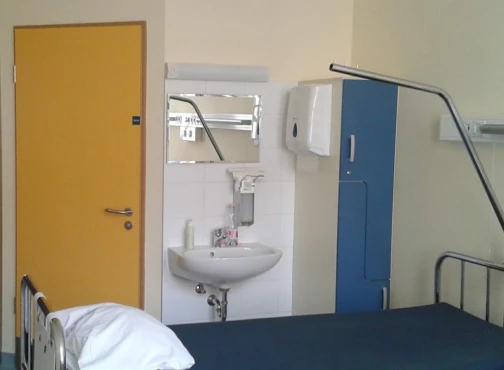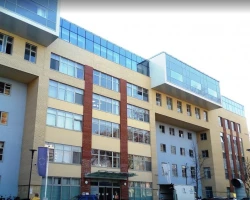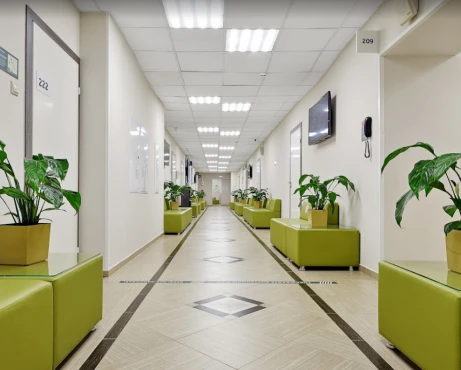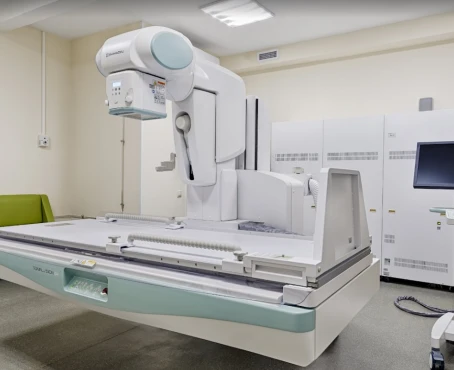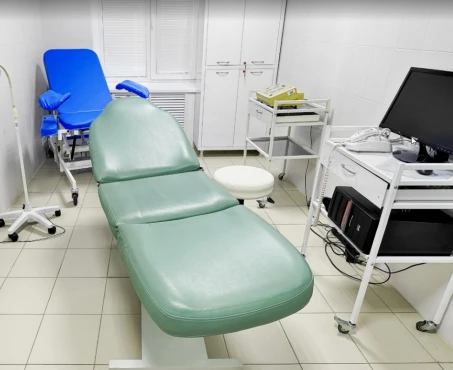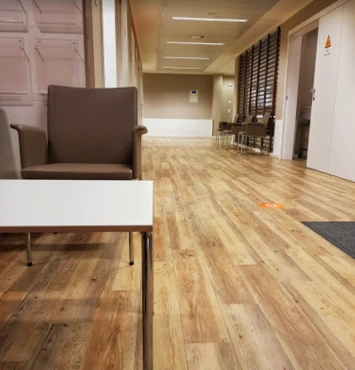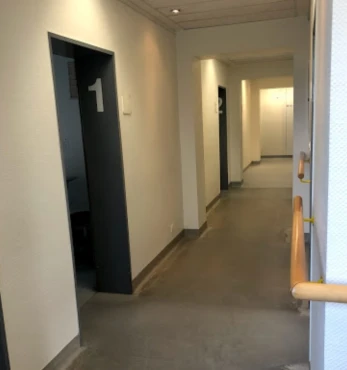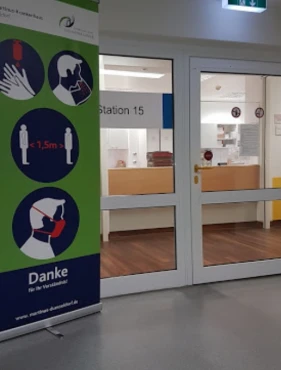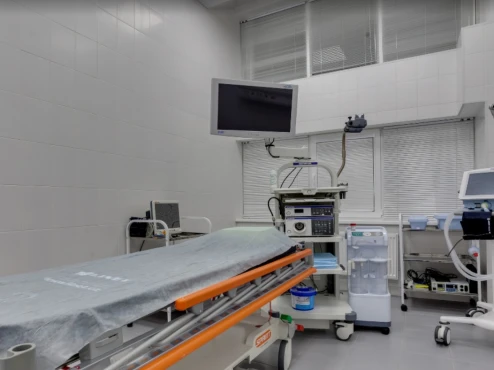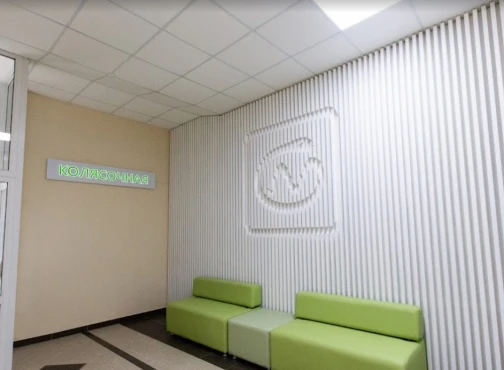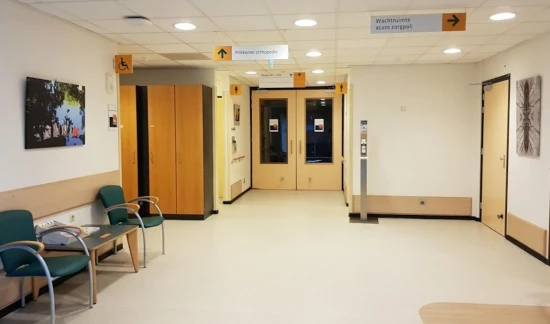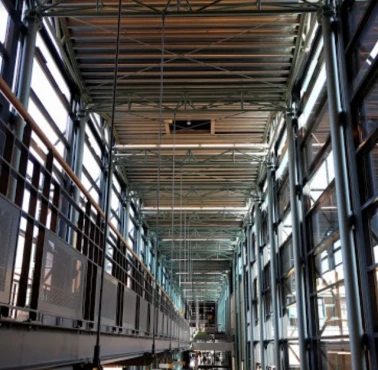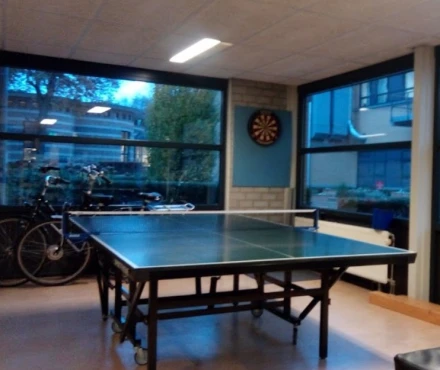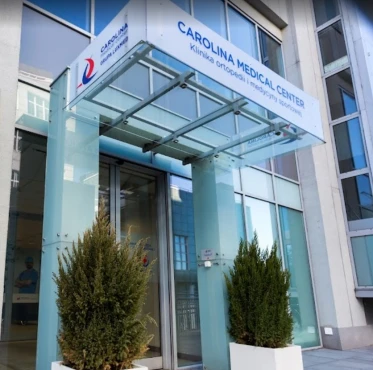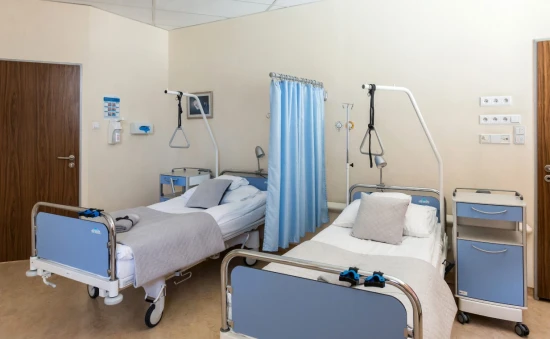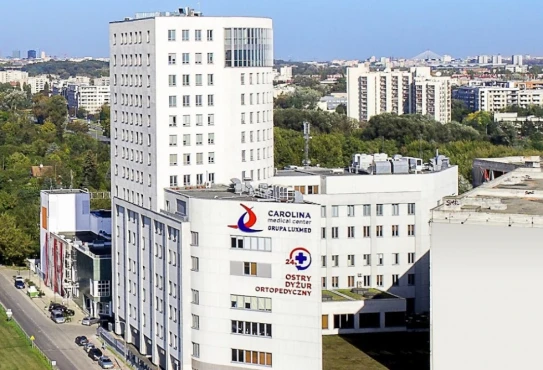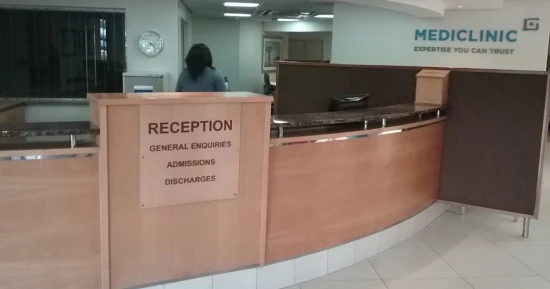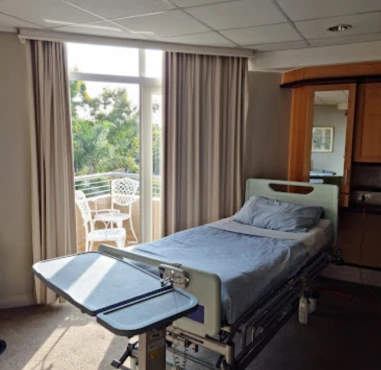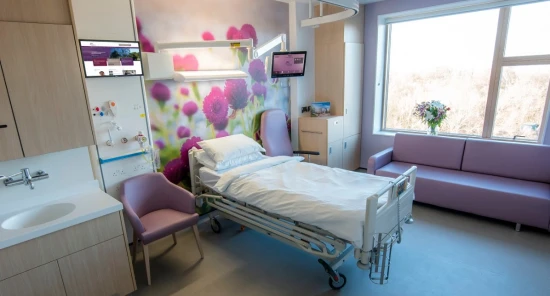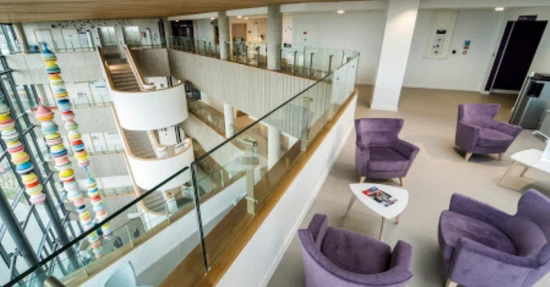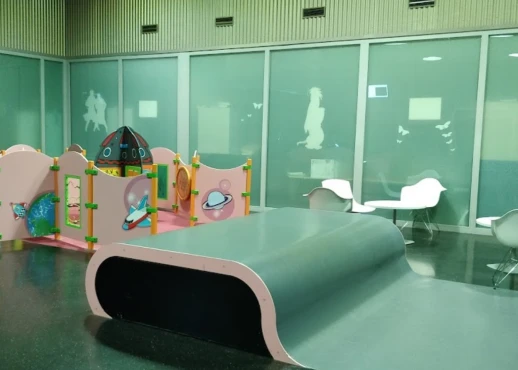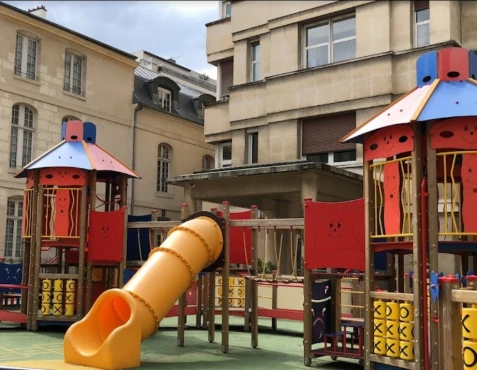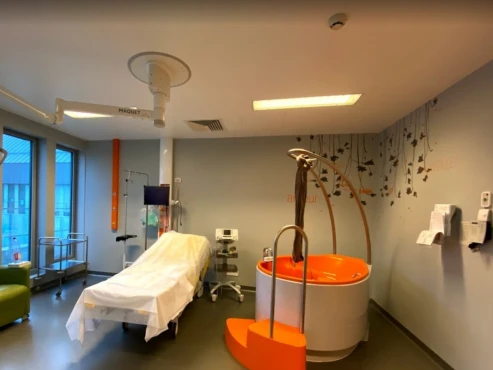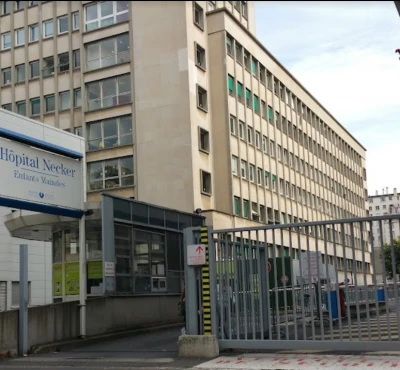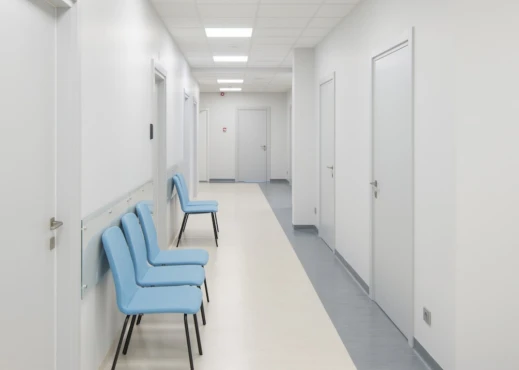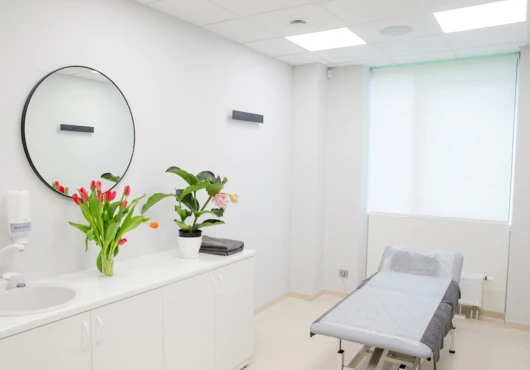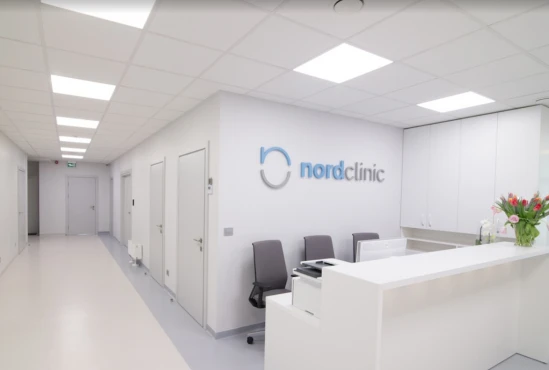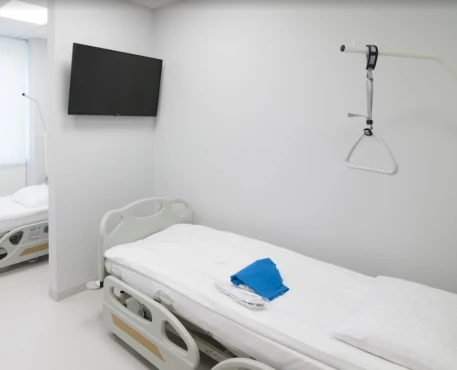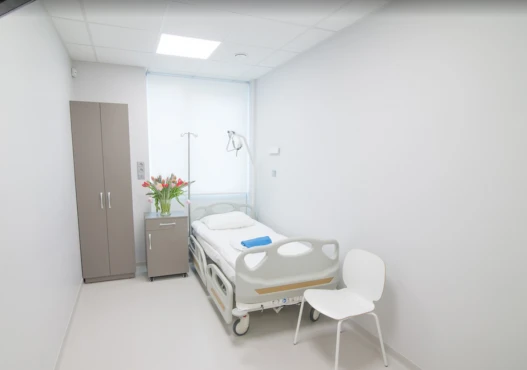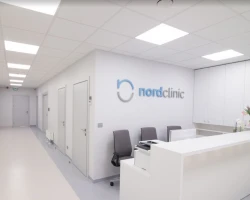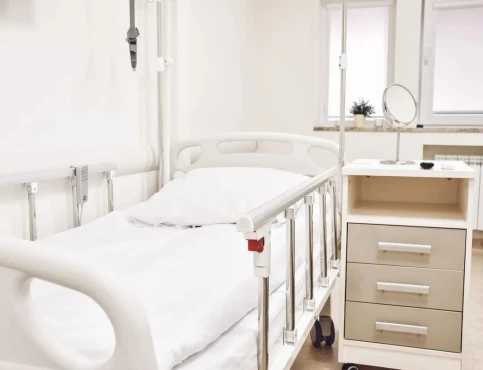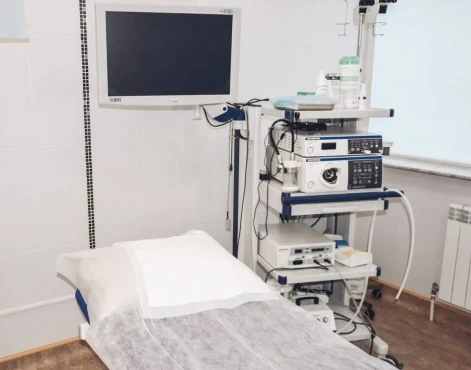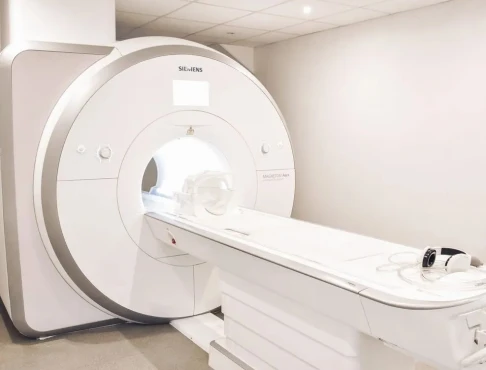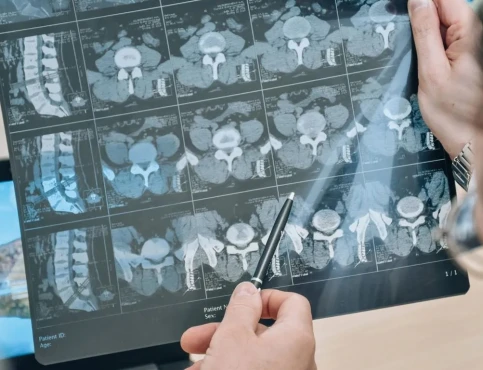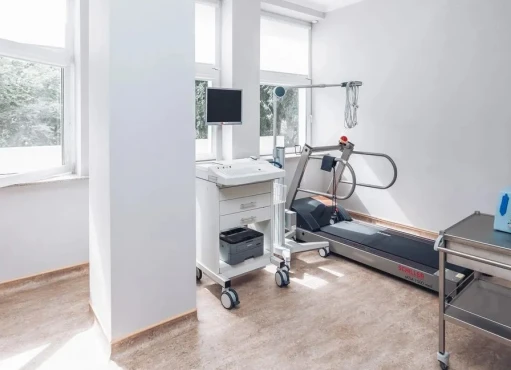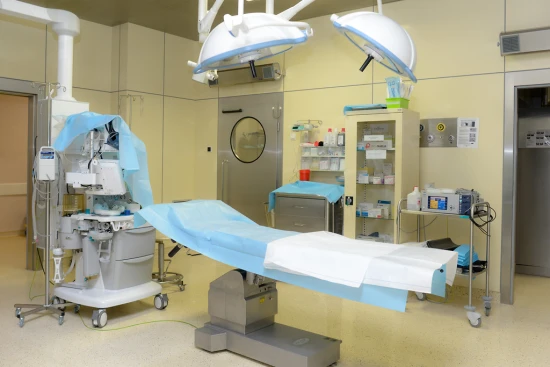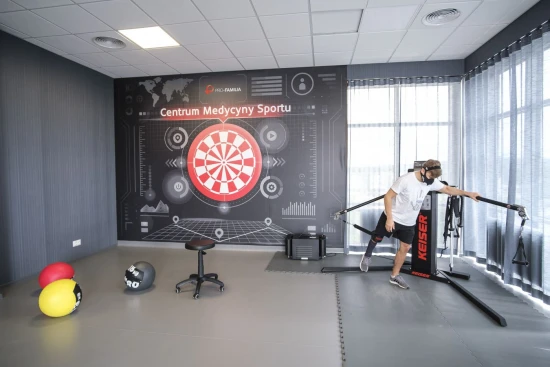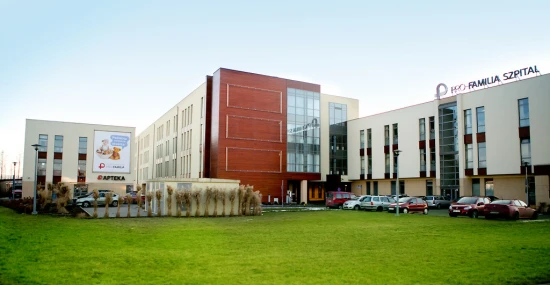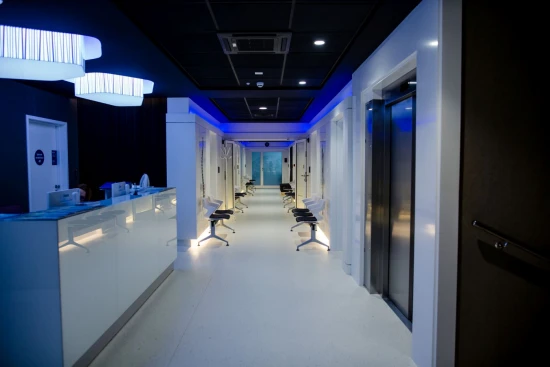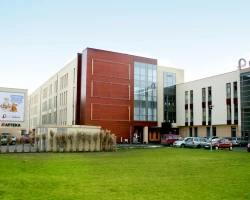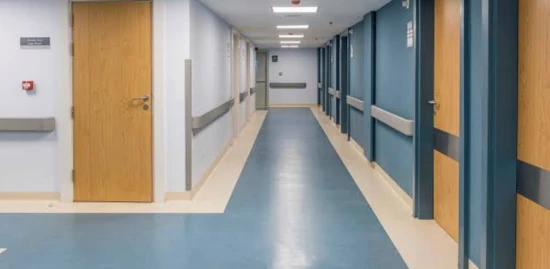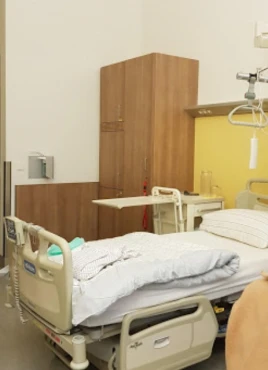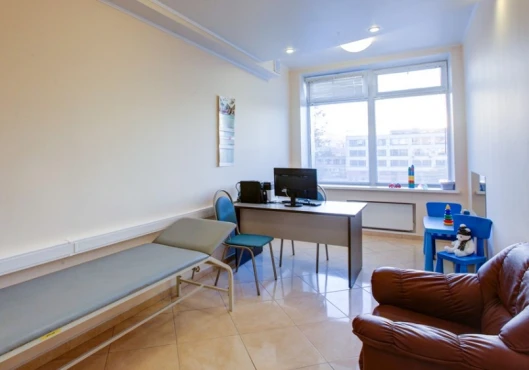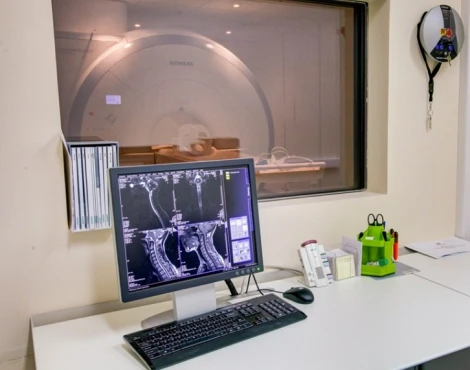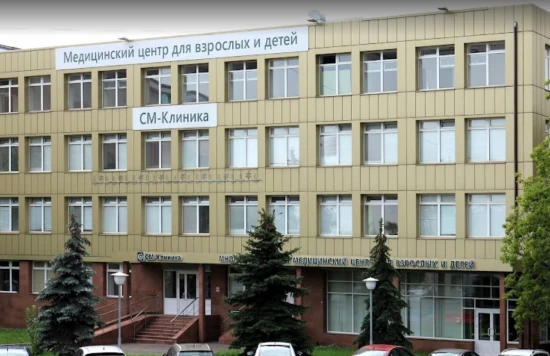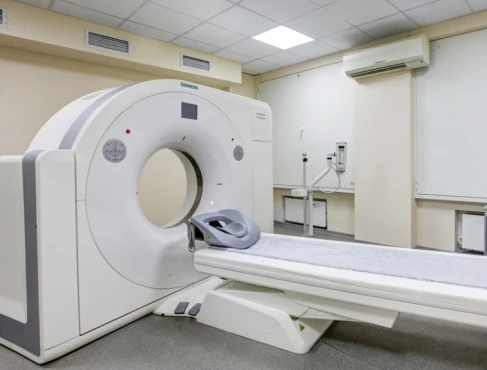Achondroplasia is a genetic disorder that results in abnormal bone growth and formation. It belongs to a group of rare diseases called osteochondrodysplasia. Achondroplasia is caused by a mutation in the gene that controls the production of a protein called the growth hormone receptor. This protein plays a vital role in bone development and growth. In people with achondroplasia, the bones do not reach total growth, resulting in curvature of the limbs. Other body systems, such as the respiratory, cardiovascular, and nervous systems, may also be affected.
Causes of achondroplasia
What are the causes of achondroplasia? Achondroplasia is a hereditary disease transmitted according to the principle of autosomal dominant inheritance. It means that if one of the parents suffers from this disease and passes the affected gene to the offspring, the probability of inheriting and acquiring disability is 50%.
A mutation in the gene leads to impaired formation of chondrocytes (cells responsible for bone growth), leading to impaired normal bone growth, deformity, and short limbs. At the same time, the internal system's organs remain normal, resulting in uneven body proportions.
Thus, the cause of achondroplasia is a genetic mutation in the gene responsible for synthesizing the growth factor receptor, resulting in impaired chondrocyte formation and impaired bone growth.
Risk factors
Risk factors for pitting achondroplasia include:
- genetic factor: achondroplasia is an inherited disease passed from parent to child. If one of the parents has a mutation, there is a 50% chance that the mutation will be passed on to the offspring;
- age of the father: studies show that older men may have an increased risk of having a mutation that can lead to achondroplasia in the child;
- family history: if there is a family history of achondroplasia, the likelihood of offspring having it is increased;
- previously born children with achondroplasia: if a couple has previously had a child with achondroplasia, the likelihood of the condition recurring in the following child increases;
- some cases may be random mutations and may not be hereditary.
Pathogenesis
A mutation in the FGFR3 gene can lead to changes in the shape of bones and cartilage in the human body. Bones become shorter and wider, resulting in body shape abnormalities, dysplasia, and increased susceptibility to bone fractures.
Thus, the inheritance type of achondroplasia is associated with a defect in the FGFR3 gene, which affects bone development and growth. It leads to short stature and other characteristic symptoms of this disease.
Bone cells called chondrocytes play an essential role in the growth of skeletal bones. In healthy conditions, chondrocytes go through several stages of development, including proliferation, hypertrophy, and mineralization, leading to bone growth. However, in people with achondroplasia, a mutation in the FGFR3 gene causes chondrocytes to remain in earlier stages of development and cannot continue to grow and develop, resulting in short stature and other symptoms of achondroplasia.
Classification/types of achondroplasia
There are three main signs of achondroplasia:
- classical achondroplasia (type 1) - is the most common type of the disease; it is characterized by a short trunk, shortened limbs, and narrowing between the ribs; it usually appears in newborns or manifests itself during the first year of life; the main cause is a mutation in the FGFR3 gene;
- pseudoachondroplasia is a rare inherited disorder resulting in stunted growth, short limbs, and problems with ligaments and joints; it usually appears in early childhood and can be caused by mutations in several genes.
Symptoms of achondroplasia
Some of the most common symptoms of achondroplasia are listed below:
- short height: usually, children with achondroplasia are born with regular body length but begin to stunt in the first two years of life; an adult with achondroplasia usually does not exceed 130 cm in height;
- short limbs: the bones of the upper and lower limbs of children with achondroplasia are shorter and thicker than those of children without the condition, resulting in characteristic body proportions where the torso appears normal, but the arms and legs are too short,
- broad chest: children with achondroplasia may have a broad chest and a small abdomen;
- headaches and back problems: abnormal bone formation can cause head and back pain and brain pressure disorders;
- forehead and neck creases: children with achondroplasia may have characteristic forehead and neck creases;
- genetic congenital chondrodystrophy can also cause impaired speech development;
- breathing problems: due to the small size of the chest and the incorrect position of the ribs, some children with achondroplasia may have breathing problems.
Complications
Complications of the pathology of achondroplasia may include:
- Breathing problems: due to the small size of the chest, children with achondroplasia may have difficulty breathing, which can lead to obstructive sleep apnea and other severe breathing problems;
- Spinal health problems: due to short ribs and underdeveloped intervertebral discs, patients with achondroplasia may have spinal problems, including scoliosis and kyphosis;
- Joint problems: children with achondroplasia may have limited range of motion in their joints, leading to osteoarthritis and pain;
- Dental problems: patients with achondroplasia may have a narrow mouth, making brushing teeth difficult.
Diagnosis of achondroplasia
Diagnosis can be accomplished through a variety of methods, such as:
- Clinical symptoms: the doctor can detect signs of achondroplasia, such as short limbs, small head size, wider gaps between fingers and toes, and developmental delay;
- X-ray examinations: changes in the bones such as shortening, narrowing of metaphyses and epiphyses, and increase in the size of the skull are detected;
- Genetic tests: mutations in the FGFR3 gene are the most common cause of achondroplasia; a genetic test can confirm the presence of a mutation in this gene;
- Amniocentesis: if a pregnant woman is at risk of passing on the achondroplasia gene, amniocentesis can be used to determine if the fetus has the mutation.
Treatment of achondroplasia
Treatment of achondroplasia aims to improve the patient's quality of life, not completely cure the disease. Here are a few treatment methods:
- Surgery: surgery may be necessary to correct some physical problems caused by achondroplasia; for example, surgery may be needed to correct a curvature of the spine or reduce pressure on the spinal cord;
- Regular visits to the doctor: regular check-ups with your doctor can help monitor your condition and detect problems that may require surgery;
- Physical therapy: Physical therapy can help strengthen muscles and improve coordination of movement, which can reduce the risk of injury;
- necessary bone support as indicated.
Surgery for achondroplasia
Surgeries for achondroplasia include:
- stretching the patient's limbs: a surgical procedure that increases bone length by stretching bone tissue; this procedure can be performed early in the course of the disease;
- correction of bone deformities: if the disease causes bone deformities, the surgeon can perform surgery to correct them; for example, correction of leg curvature can be done by osteotomy, where the surgeon makes an incision in the bone and reshapes it;
- other procedures: depending on the individual situation and the extent of the disease, other procedures, such as arthrodesis (bone fusion), prosthetic joints, etc., may be performed.
However, all surgical treatment decisions should be discussed with your doctor, who can assess the situation and determine which treatments are right for you.
Prognosis
The prognosis depends on how severe the symptoms are in a particular patient.
In most cases, limb achondroplasia does not affect the patient's intellectual development or life expectancy. However, some complications, such as back, breathing, and hearing problems, may occur.
Prevention of achondroplasia
Because achondroplasia is a genetic condition, there is no specific prevention. However, several options for clinical recommendations for achondroplasia can be considered:
- Genetic counseling: if one parent has achondroplasia, there is a chance that the child will also have the disease; genetic counseling can help determine the risk of the disease and opportunities to prevent or reduce the likelihood of developing the disease;
- Prenatal testing: if parents are diagnosed with achondroplasia, they may opt for prenatal testing.

